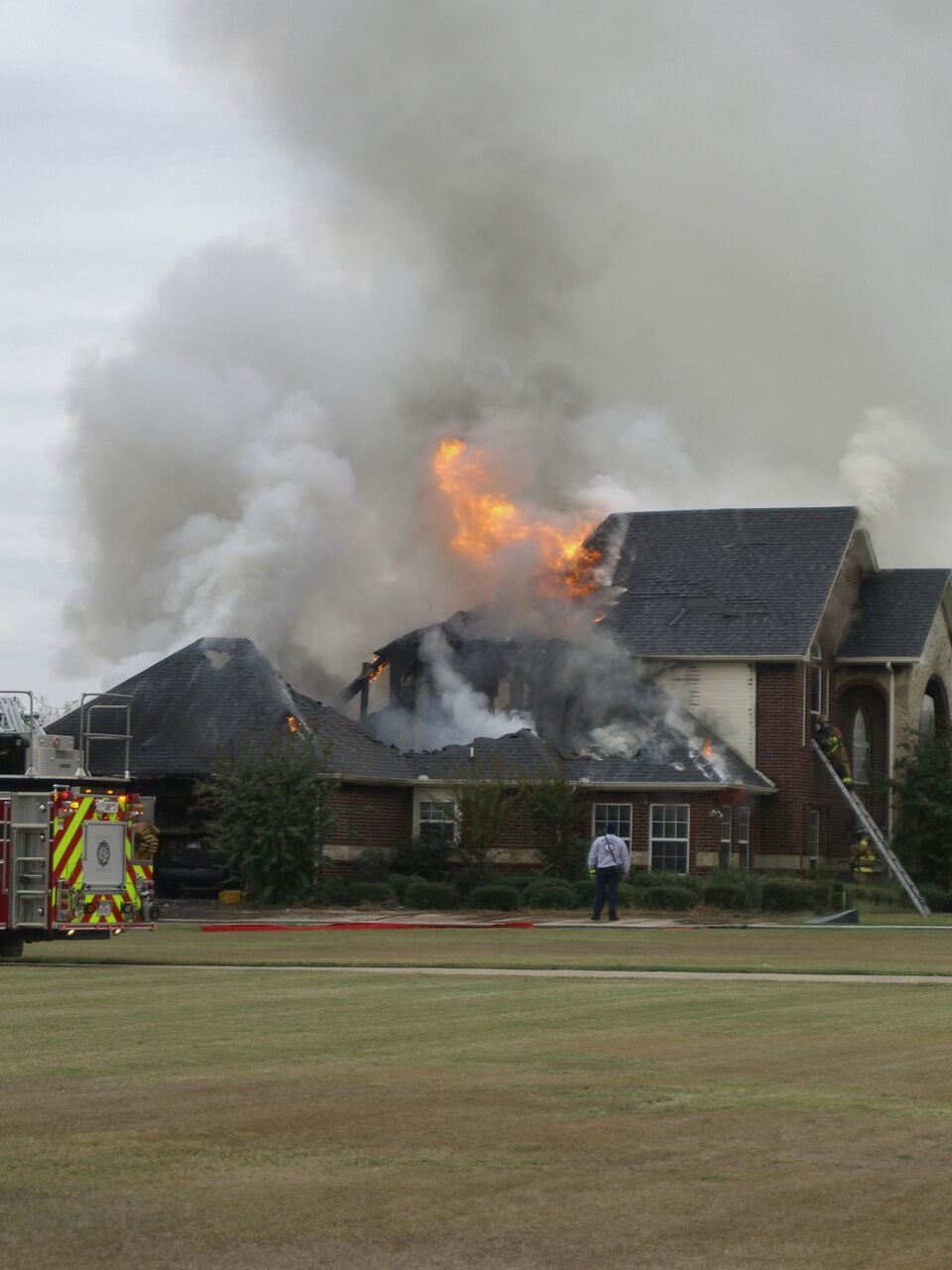
Owning a home takes a lot of work, especially if your home was built from the ground up. Unfortunately, all that work can be gone in a short period if a disaster strikes, such as a house fire.
The most common causes of house fires known to people are unattended candles, sparks from electronics and electrical wires, and gas stoves, to name a few. House fires may be a scary thought, but they can be manageable by you if it’s a small fire or by firefighters if they are called to the scene.
Even if the fire has been extinguished, there will most likely be smoke residue in light of the fire. Smoke can be a challenging material to clean off, mainly since it sticks to surfaces. You can try to do it yourself, but it most likely isn’t enough. To clean off the smoke residue, you will need to call smoke residue restoration services.
How exactly does smoke residue restoration work? What are the things that it can clean? Read on below to learn more.
Smoke Residue Restoration
As the name implies, smoke residue restoration is designed to remove any, and all particles of residual smoke left behind from a fire. The restoration process starts by cleaning all of the more prominent sources, such as a fire source or the walls.
Next, professionals use special equipment to remove particles of smoke from the interior of walls or other areas that can’t be reached by normal means.
Finally, all of the surfaces are sealed to protect them from further smoke. The sealing is a necessary step because if there are still leftover smoke particles, your home won’t smell foul.
Signs to Watch Out For
With the process out of the way, it’s time that you know the signs when you should call professionals into your home.
#1 – Your Walls or Ceilings Are Dirty
Fire and smoke damage can sometimes be hard to find. However, what many people don’t know is that they also tend to be noticeable. If you know where the source of a fire or smoke is, you should check the surrounding walls and ceiling. Smoke goes up if hot air rises unless a breeze of wind has changed its course. If you spot it this way, a restoration is in order.
#2 – Other Parts of the House Are Just as Dirty
Smoke’s nature is to go to naturally cool areas. In your home, some of the naturally cool places are your cabinets or drawers. Cabinets and drawers are minimal, and the enclosed spaces on the inside are naturally cool as well. Since smoke travels in different directions, there’s a chance that they will go here.
To understand this better, here’s a little bit of a physics lesson: fire produces heat, and when heat is present, various molecules float through the air. These molecules will then fall to a naturally cool place, which is your window. It’s also why smoke tends to travel fast in a house fire because houses are enclosed structures.
Additionally, window coverings aren’t safe as well. Since windows are ventilation points where air can enter, they are naturally cool. And if you have window coverings such as blinds or drapes installed, chances are smoke residue will take upon them.
#3 – You Smell Smoke from Your Ventilation System
This is probably the most obvious sign of all. If you smell smoke in your home despite everything looking spotless, the most likely cause is that smoke travels through your ductwork.
Going back to the physics lesson mentioned above, air ducts are also a traveling path for cool air, which smoke particles can use to travel. If this is the case, seek professional assistance immediately.
Conclusion
While it can be pretty hard to detect smoke damage, its signs can be checked routinely on your part. If there is indeed smoke damage, you should call for smoke residue restoration professionals because they are the professionals who are up for the job.
If you’re on the hunt for fire restoration services, look no further than Restoration Masters! We’ll take care of the damage, ensuring that your home stays safe and sound. We also offer other services such as mold remediation and storm leak repairs. Contact us today to learn more!





